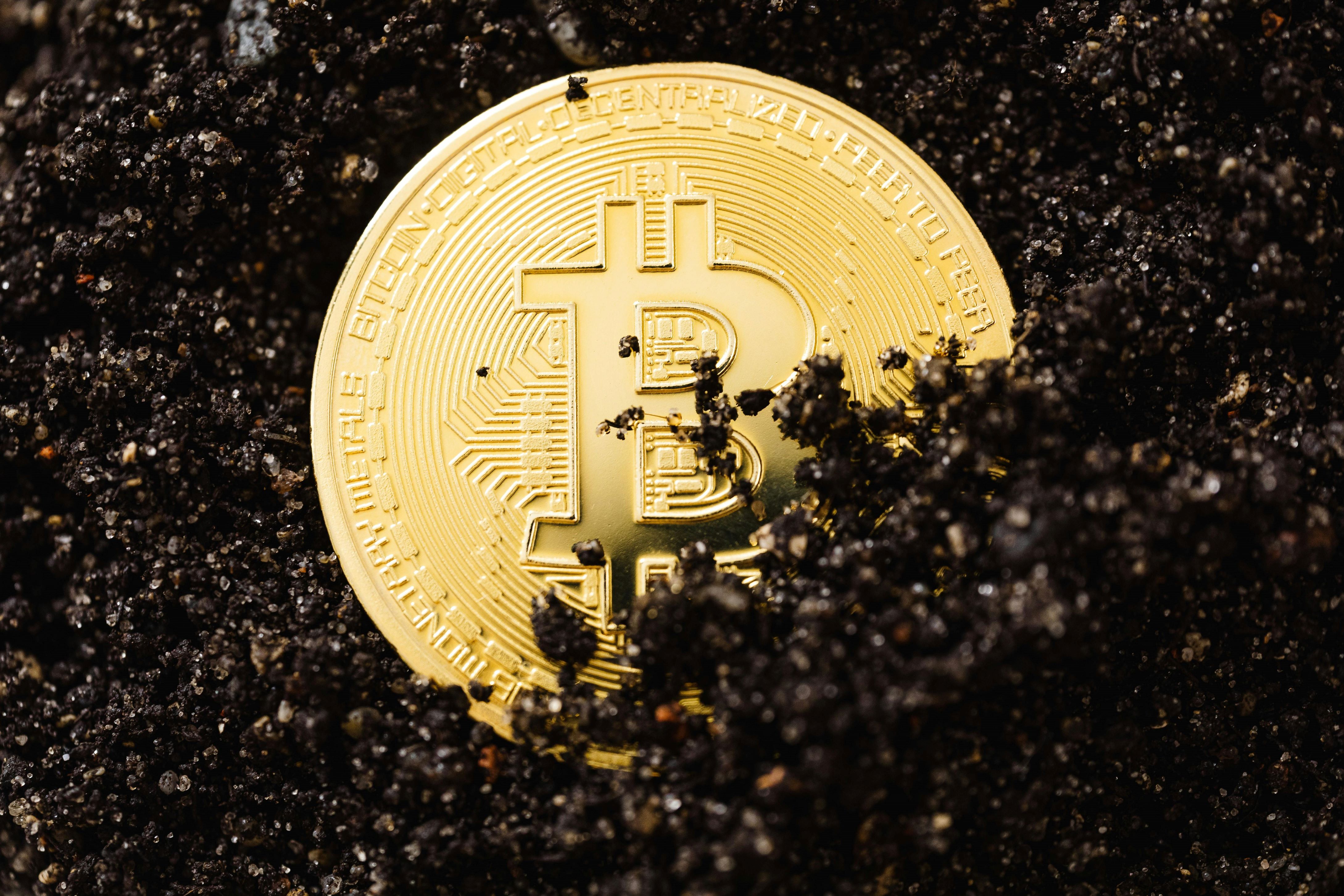Astrazeneca (AZN)- Technical & Fundamental Analysis
$12,416
Astrazeneca (AZN)- Technical & Fundamental Analysis
06 Nov 2025, 09:34

Pexels.com

Introduction
Bitcoin miners in the United States are amassing reserves of the cryptocurrency to navigate narrowing profit margins as competition intensifies. As Bitcoin recently hit a record $100,000, companies like Mara Holdings, Riot Platforms, and CleanSpark have raised billions through investors to fund this strategy, taking advantage of the so-called "Trump bump" after the former president’s re-election.
Mining Challenges and Rising Costs
The industry faces growing pressures despite Bitcoin's soaring value. High energy costs and increased competition have made profitability more complex. Following the recent halving of mining rewards in April, miners now earn 450 bitcoins daily, compared to 900 previously.
Production costs have surged, with CoinShares estimating an average cost of $55,950 per bitcoin in the third quarter of 2024. Including depreciation and stock-based compensation, this figure exceeds $106,000 which is greater than Bitcoin’s trading value for much of the year.
The Trump Bump and Fresh Investments
Donald Trump’s pledge to ensure Bitcoin is "mined, minted, and made in the USA" has inspired miners to pursue aggressive strategies. Companies are issuing long-term convertible bonds and other financial instruments to bolster reserves. Mara Holdings alone has accumulated 45,000 bitcoins worth $4.4 billion.
The rising hash rate which is a measure of computing power required to secure the Bitcoin network has reached all-time highs, increasing the difficulty of mining. While higher Bitcoin prices have boosted miner profitability, the intensifying competition and mounting energy costs threaten to offset these gains.
Energy Consumption and Environmental Concerns
The energy-intensive nature of Bitcoin mining has long been a contentious issue. Estimates suggest mining consumes around 2.3% of the US energy grid which is equivalent to the annual energy consumption of Poland. Utility regulators in Texas, the leading state for crypto mining, have implemented stricter reporting requirements for large energy users as demand is projected to rise 60% by 2025.
Additionally, artificial intelligence (AI) developers are competing for the same energy resources. With greater financial backing, AI is emerging as a formidable rival for grid capacity, forcing some miners to pivot. Companies like Hut 8 and Core Scientific have diversified their operations to lease data centre capacity to AI developers.
Diversification and Future Prospects
While some miners, like Mara, plan to offshore operations to countries with surplus energy, others are seeking quicker profits by tapping into AI-related opportunities. Nvidia graphic processing units, traditionally used for mining, are now being repurposed for AI data handling.
Despite the opportunities, industry leaders warn of the risks posed by volatile energy prices and potential Bitcoin price corrections. “Yes, Bitcoin’s up, and it really helps, but if energy prices were to spike tomorrow, it’s still a tough day to be a Bitcoin miner,” said Zach Bradford, CEO of CleanSpark.
Conclusion
Bitcoin mining is at a crossroads, balancing profitability, environmental concerns, and competition from AI. As miners adapt by diversifying operations and pursuing international expansions, the sector's future will depend on its ability to navigate these challenges. Whether through innovation or resilience, the decisions made now will shape the industry's trajectory in the years to come.
Source: (FT.com)